Rollups is a group of recent startups that keep the primary Ethereum Blockchain, specifically DeversiFi, in orbit. These altcoin projects are designed to address the core issue of the primary Ethereum network. They significantly reduce congestion by isolating and managing transactions independently from the first layer. Crypto expert Will Izuchukwu introduces 5 of these projects to watch for July.
The first altcoin project MetisDAO (METIS)
Based on Optimistic Rollup, Metis launched in May 2021 Metis is developing the Metis Rollup Layer 2 framework that is simple to use, highly scalable, cost-effective and fully functional. This framework will fully support the transition of applications and businesses from Web 2.0 to Web 3.0.
The scalable protocol can be used for many applications such as NFTs, decentralized social networks like Reddit, open source developer communities, influencer communities, gaming communities, freelancer communities, crowdfunding, yield farming, DEX trading, and more.
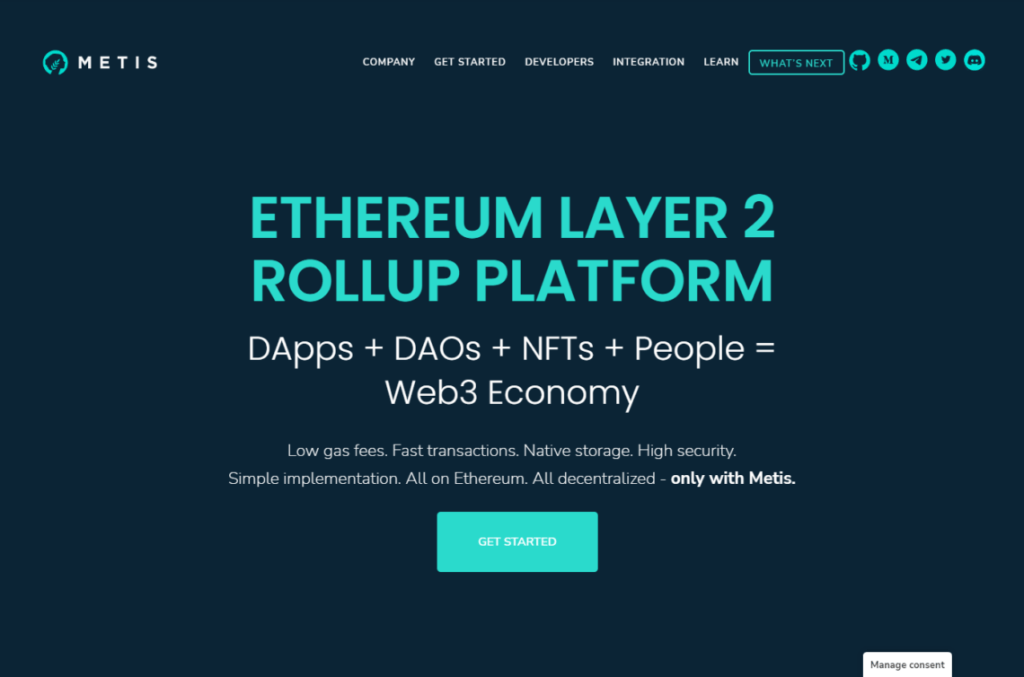
A defining feature of Metis is integrating the Decentralized Autonomous Enterprise (DAC) framework into its Layer 2 infrastructure. In this way, it makes it easy for developers, builders or community leaders to build their apps and communities.
It also makes it easy to use preset tools to streamline their development, coordinate collaboration, and leverage the network effects of the leading decentralized finance (DeFi) ecosystem. Generally, it does this without the costs and bottlenecks associated with Ethereum.
Second line project Cartesi (CTSI)
Cartesi was listed by CoinMarketCap in April 2020. Blockchain OS supports Linux and mainstream software components. It also has a decentralized Layer-2 infrastructure. Millions of startups and developers are using Blockchain OS thanks to Cartesi. In addition, it brings Linux applications on board.
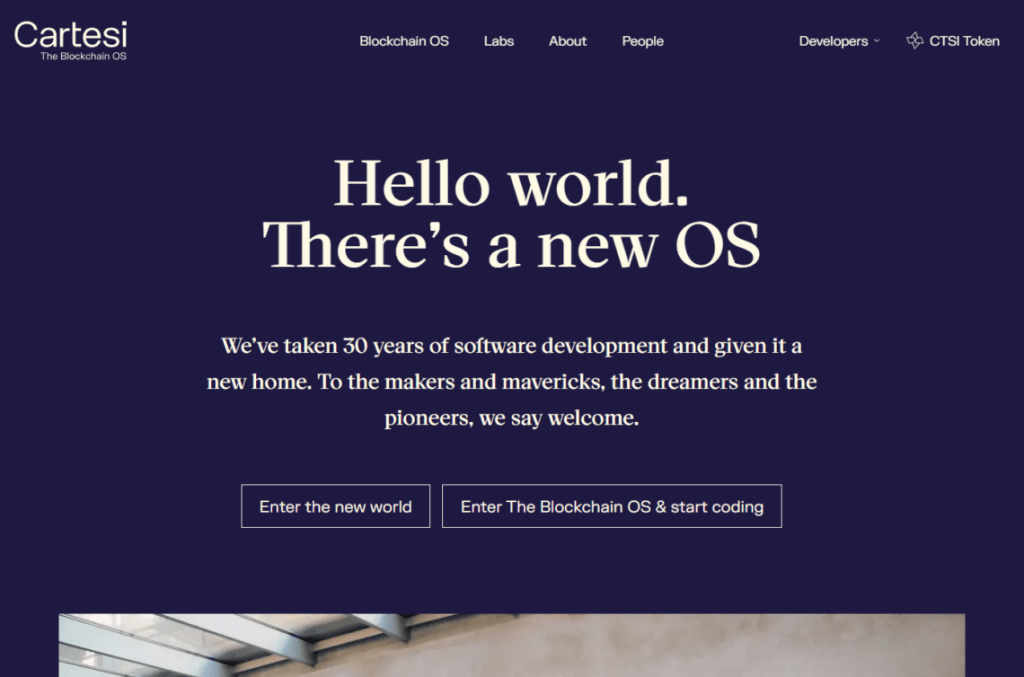
Cartesi paves the way for developers of all stripes to create the next wave of Blockchain applications with groundbreaking virtual machines, optimistic aggregations and side-chains. Cartesi provides more than 10,000x increase in computational scalability for Blockchains.
Nervos Network (CKB) third altcoin
Nervos Network launched its main net in November 2019. It describes itself as a Blockchain platform for universal applications. It also says it’s an open-source, multi-protocol public blockchain. Nervos’ tier 1 public Blockchain protocol is called Nervos CKB (Common Knowledge Base).
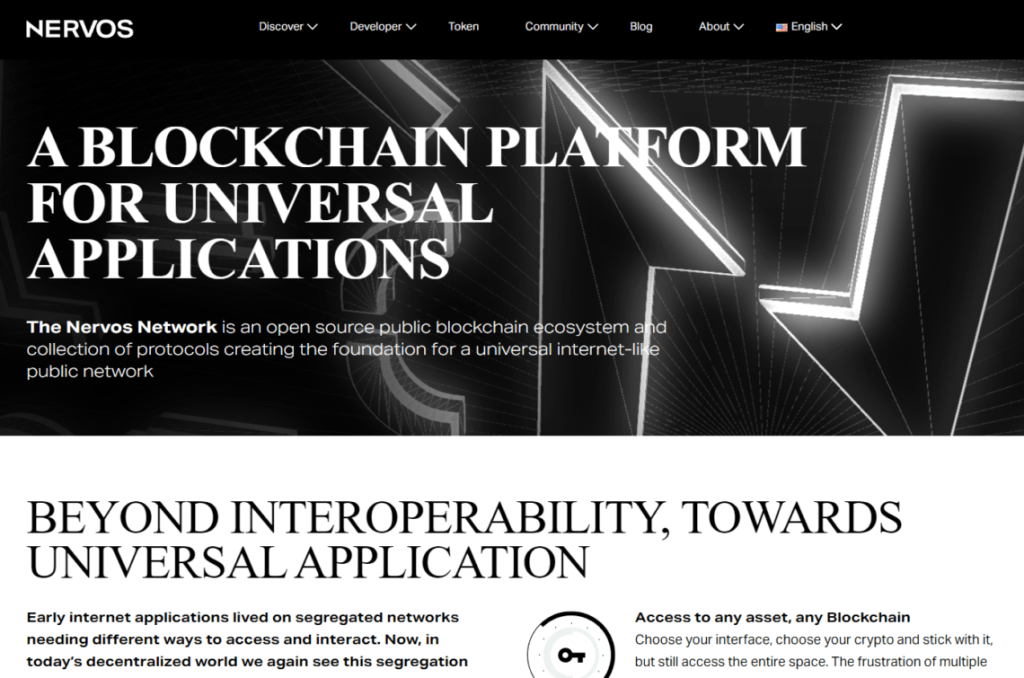
It enables smart contracts and layer two scaling while allowing any crypto asset to be held with the security, immutability and permissionlessness of Bitcoin. CKByte aims to capture all network value through its “store of value” crypto-economic framework and native token.
In fourth place is Immutable X (IMX)
Immutable X launched its token sale in September 2021. It has the first Layer-2 scaling option for NFTs on Ethereum. It also wants to power the next generation of Web3 projects. Immutable X says its blockchain has low scalability, below-average user experience, lack of liquidity, and lagging development experience. In this way, the altcoin claims to overcome the disadvantages of Ethereum.
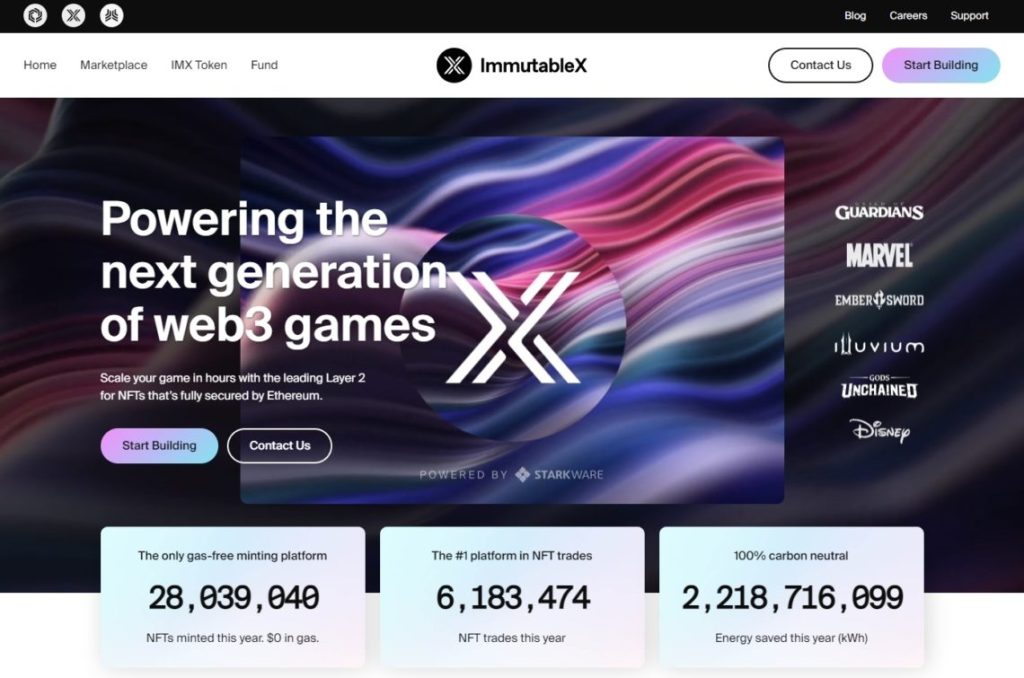
Users do not pay gas fees for printing and trading NFTs without compromising asset or user security. Immutable X uses STARK zk-rollups. Ethereum has a technology that he believes is an ‘all-in-one’ to do this, says Vitalik Buterin. One advantage of Immutable X is that it is one of the first Tier-2 systems to use zk-rollups and concentrate only on NFTs. The altcoin project is therefore at the forefront of progress in the Ethereum ecosystem.
Latest altcoin project Loopring (LRC)
The Loopring (LRC) launched in September 2018. King of all Rollups tokens, an Ethereum-based open protocol for building decentralized cryptocurrency exchanges. Loopring’s goal is to create a hybrid product that combines the key features of centralized and decentralized exchanges, centralized order matching with order placement on the decentralized Blockchain.
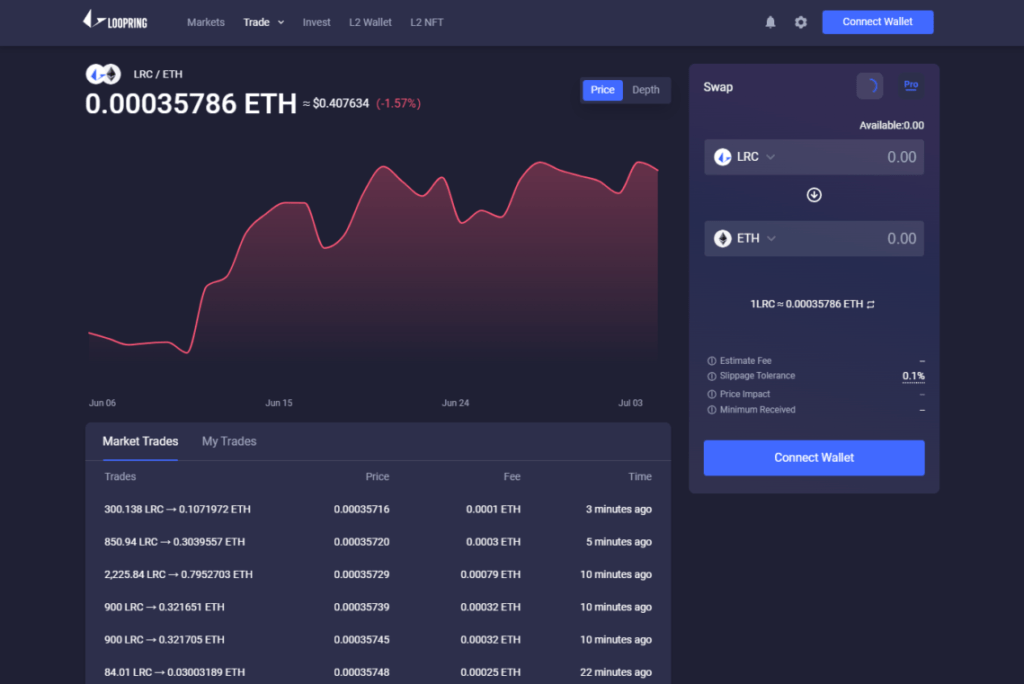
The Loopring protocol reduces or eliminates inefficiencies through innovative hybrid approaches. It also aims to preserve the benefits of decentralized exchanges. Rather than just activating one-to-one transaction pairs, Loopring places transactions on the Blockchain. In addition, it combines up to 16 orders into circular transactions. Moreover, it seeks to increase the liquidity and order execution efficiency of DEXs by centralizing order management.
It also allows highly efficient, low-cost trading and payment on Ethereum. Most of Loopring’s operations, such as trade and transfer agreement, are conducted outside of the Ethereum Blockchain. As a result, gas consumption and overall transaction costs are reduced well below equivalent on-chain costs. For more detailed information about Loopring cryptocoin.comTake a look at this article.







